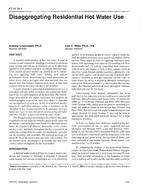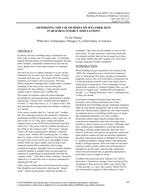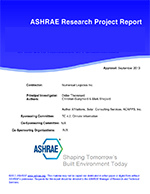Click here to purchase
According to the U.S. Department of Energy Windows and Building Envelope Research and Development Roadmap for Emerging Technologies, building envelope wall energy loss in the United States accounts for about 5.9 x 1010 kWh or two quads of energy annually, costing homeowners and occupants billions of dollars. Enclosure retrofits targeting these losses can save significant energy, reduce greenhouse gas emissions, and save occupants millions of dollars over time. Older homes, built before 1992 when DOE’s Building Energy Codes Program was established, represent approximately 68% of the residential building stock in the country, often having significant air leakage and inadequate insulation. Homes with little to no air sealing or insulation have heating and cooling losses that can represent a substantial portion of utility bills. High-performance building envelope retrofit systems are rarely selected for retrofit applications. Current solutions are expensive and/or unfamiliar to many designers, builders, contractors, and code officials and therefore are perceived as risky. The dominant perceived risk is durability that is related to condensation and moisture accumulation in the building envelope. The Building Science Advisor (BSA) is a rule-based expert system web-based tool that was originally developed to assist building professionals in designing energy efficient and durable wall systems for new construction. With the present focus being upgrading the existing building stock, a retrofit module has been developed that, based on location, existing construction, and planned retrofit strategy, provides recommendations on how to address the retrofit in a manner that will perform in accordance with IECC 2018 building code and not create a durability problem. This paper will describe the development of this tool and demonstrate its features and capabilities.
Product Details
- Published:
- 2022
- Number of Pages:
- 9
- Units of Measure:
- Dual
- Product Code(s):
- DBldgsXV-C006


